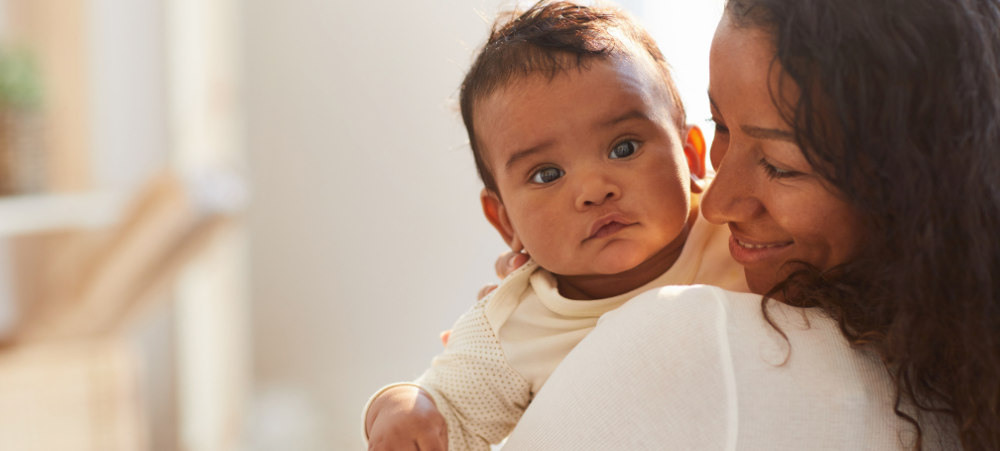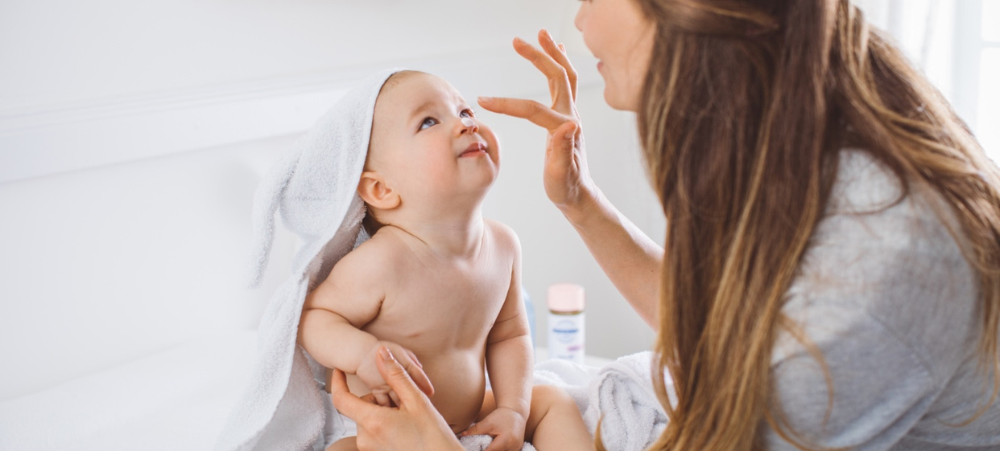There’s something magical about holding a newborn — that soft skin, tiny heartbeat, and irresistible need to snuggle. But what if we told you that those tender cuddles are doing more than just bonding you and your baby? Science confirms that physical touch plays a vital role in brain development, emotional regulation, and lifelong wellbeing. In fact, cuddling is one of the most powerful tools a parent can use — and it’s completely free.
The Brain-Boosting Power of Touch
From the moment a baby is born, their brain is making millions of neural connections every second. But for these connections to flourish, they need stimulation — especially from human contact. According to researchers at Harvard University’s Center on the Developing Child, warm and responsive touch helps build neural pathways in areas of the brain responsible for social skills, emotional development, language acquisition, and learning.
A landmark study published in the journal Pediatrics found that premature babies who received skin-to-skin contact (also known as kangaroo care) had better brain functioning, improved sleep patterns, and stronger immune systems compared to those who did not (Feldman, 2014).
Oxytocin: The Love Hormone in Action
Cuddling triggers the release of oxytocin, often called the “love hormone.” Oxytocin helps babies feel safe, secure, and loved — essential for healthy emotional development. It also lowers levels of the stress hormone cortisol, helping infants regulate their mood and develop a resilient nervous system. In turn, parents also benefit — research shows that cuddling boosts maternal bonding, lowers anxiety, and can even reduce the risk of postpartum depression.
What Happens When Babies Don’t Get Enough Touch?
Unfortunately, studies have shown that babies raised in touch-deprived environments (such as orphanages with low caregiver-to-child ratios) can suffer long-term consequences, including developmental delays, emotional withdrawal, and difficulty forming attachments later in life (National Institute of Child Health and Human Development, 2000).
This isn’t to scare parents, but to remind us that those everyday snuggles — the ones we may think are “just for bonding” — are actually doing the foundational work of building your baby’s brain.
Daily Cuddle Time: What Does It Look Like?
The good news? You don’t need to follow a rigid routine. Babies benefit from cuddles throughout the day in natural, unstructured ways:
- Skin-to-skin time after feeding or bath
- Holding your baby close in a sling or wrap while moving around
- Responding with a gentle touch when your baby cries
- Bedtime cuddles to help them wind down
Even older children benefit from physical affection — hugs before school, a cuddle on the couch during story time, or simply holding hands while walking.
Conclusion: Cuddle Now, Thrive Later
So the next time you scoop up your baby and they melt into your arms, remember: you’re not “spoiling” them. You’re wiring their brain for love, safety, and learning. It’s a beautiful reminder that the simplest acts — like a hug — often carry the most impact.
Sources:
- Harvard University, Center on the Developing Child – https://developingchild.harvard.edu
- Feldman, R. et al. (2014). Pediatrics Journal. https://pediatrics.aappublications.org/content/134/2/201
- National Institute of Child Health and Human Development (NICHD). https://www.nichd.nih.gov
We understand that there are many aspects that encompass a Mother, Father or Child and strive toward providing resources and services that accommodates this.
Our content is aimed to inform and educate families on issues starting from pregnancy through to the challenges of the teen-age years.
- From Pain to Possibility: Panado®’s New Marketing Campaign, Highlights The Joy Of Pain Relief - December 10, 2025
- Feeding Unicorns by Jeni-Anne Campbell: A bold new book for business leaders who care - December 9, 2025
- The Benefits of PLAYMOBIL – Through the Eyes of a Qualified Play Therapist - December 2, 2025





